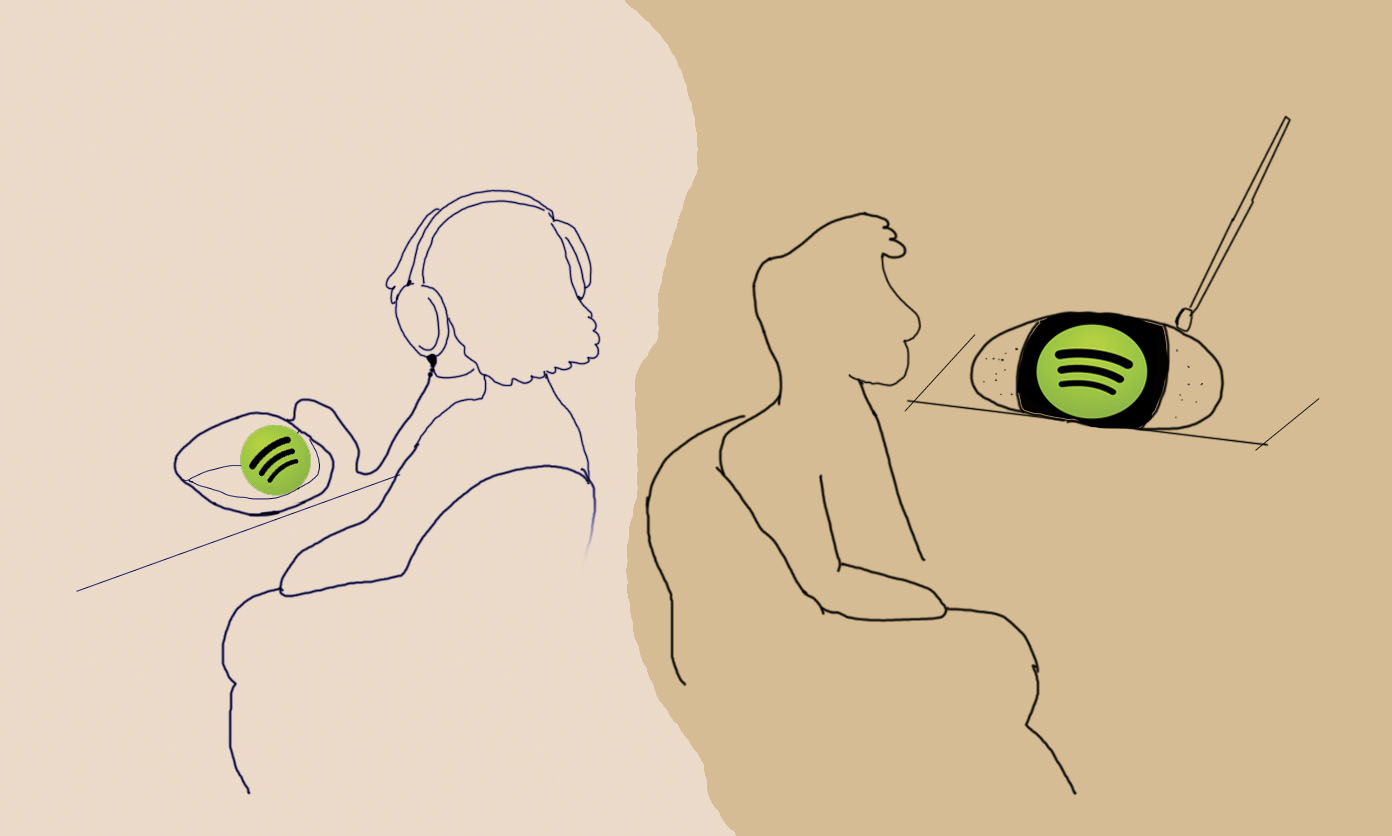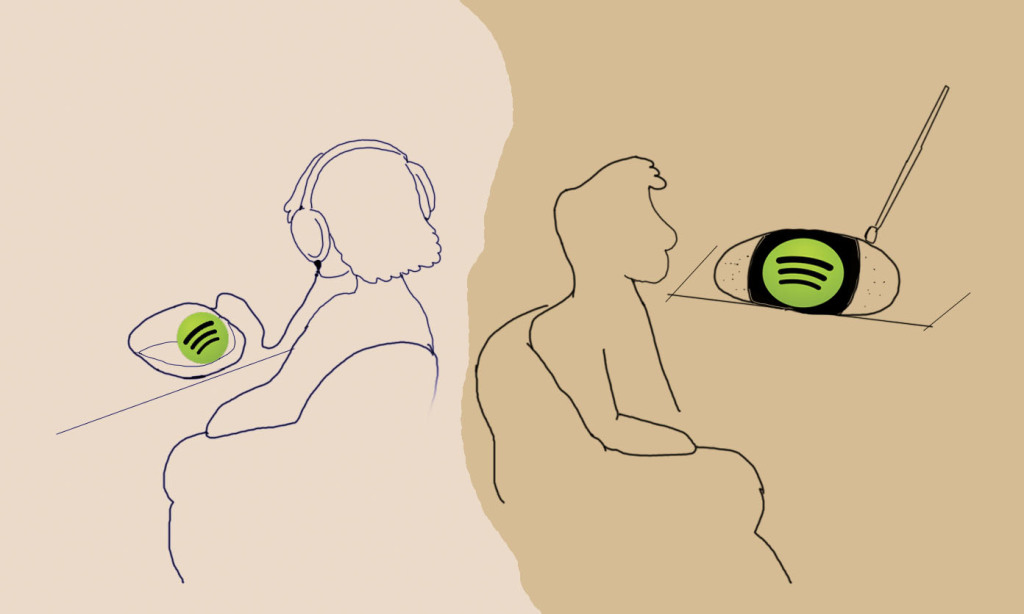
InternetLab reports – Copyright in the Digital Environment n. 03
Just like last week, there weren’t many technical contributions regarding the Regulatory Instruction or contributions aiming to discuss the issues at hand more deeply. However, there are a few contributions outside the platform made by some of the stakeholders. Since the Brazilian Ministry of Culture has been establishing a direct dialog with the stakeholders that would be immediately affected by the Regulatory Instruction, such as streaming platforms and authors’ associations, we decided that those contributions should be also discussed.
In this bulletin, we will address two issues. The first one is being brought up constantly in the consultation: the allegation that the way the Regulatory Instruction means to regulate the collection and distribution of royalties for copyrighted works in the digital environment is completely different from the way it is regulated in other countries. The second one, a central issue in the contributions outside the consultation platform, is whether or not the interactivity level that each model allows the user is important to the interpretation of what is public performance.
Brazilian ‘jabuticaba’ – is this model really different from all the others in the world?
Some comments in the consultation may give the impression that there wouldn’t exist,anywhere else in the world besides Brazil, a central entity responsible for distributing and collecting royalties for copyrighted works from streaming platforms (like Spofity or Deezer) and for regulating this kind of activity. For instance, Emerson Pereira Bom (civil society) questioned: “why does Brazil want to regulate everything, specially business that should be unregulated? There is no regulation. Stop wanting to control everything”; Mauricio Giorgio Riedel Ghigonetto (“other kind of user”) argued that “the Brazilian government should stop meddling in private businesses that already work well enough. It is clear that the aim is to tax more and it doesn’t make any sense. Once more, we are regressing”; and Robson Ricardo Leite de Silva (civil society) affirmed that “There isn’t and there has never been a real need to create a new tax, which will be, like everything else in this country, payed off by the final users”.
After reading this kind of contributions, we should ask ourselves: is what the Brazilian government proposing that particular?
Commentary by: Pedro Augusto Francisco, from the Center for Technology and Society at the Getulio Vargas Foundation
If we look at the criticism that has been made to the Regulatory Instruction presented by the Ministry of Culture – which establishes guidelines for the collection of copyright in the digital environment – we will see that many of them accuse the initiative of implementing an exclusively Brazilian model: the collection of royalties from Internet services by collective rights organizations.
This criticism is misplaced. Countries like France and Germany already have this model in place for a few years. In France, the SACEM (Society of Authors, Composers and Music Publishers) – the oldest collective administration association of the world – has rules to collect and distribute royalties from services like Spotify, Deezer and YouTube. In order to operate in France, it is mandatory that online streaming platforms get the license from SACEM and pay the due amounts. In Germany, GEMA (Society for Musical Performing and Mechanical Reproduction Rights) also determines that digital services have to operate under a specific license, and it also operates as an intermediary actor for copyright payments. GEMA is notorious for blocking the transmission of material containing songs/music to which Youtube does not have the corresponding license. This kind of blockage started to happen in 2009, when the platform did not renew its negotiations with the association. What the Ministry of Culture aims to implement here in Brazil is a similar model, putting the ECAD as the institution responsible for collecting the royalties and distributing them to their copyright holders. This would be done by keeping in mind the rules and transparency principles involved in this process.
Finally, it is important to point that associations like SACEM, GEMA or even the ECAD are not governmental entities. They are independent and private institutions and their role is to represent the copyright holders before those who listen to the protected work. It is necessary to deconstruct the misconception that those entities represent a government intervention in private matters.
Even if the model proposed by the Regulatory Instruction already exists around the world, it does not necessarily mean that we should adopt it in Brazil. It is necessary, however, to clarify this issue in order to better evaluate the Ministry of Culture proposal, keeping in mind different regulatory scenarios. It also allows us to compare the ECAD option to other options around the globe and the advantages and disadvantages of the model proposed.
Does interactivity of music services constitute a central point in this debate?
Of all the contributions made outside the Ministry of Culture consultation platform, two were very significant: the one made by the music producer Carlos Mills, who wrote and published an article in his blog and posted the link on the consultation platform, and the Procure Saber Association (APS), that published a contribution in its Facebook page. Those two contributions are opposite in many ways. This week, we analyze one of these oppositions which we considered central to the development of the debate in order keep addressing other arguments in the coming bulletins.
As we’ve said before, the Regulatory Instruction establishes that the activities by interactive streaming services, such as Deezer and Spotify, could be considered as a sort of public performance, and thus the the ECAD would be responsible for collecting royalties in that case. Interactivity is characterized by the users having access to a broad catalog, and being free to choose what they want to hear whenever and wherever. It is a concept used in contrast to the radio and online radio, in which one can’t choose exactly what to hear, whenever. The user depends on the scheduled shows in the radio.

The concept of interactivity has been central in debates about the concept of public performance, both in the market and in the Brazilian judiciary. It has been, up to this date, the criteria used to identify which streaming platforms will pay royalties to ECAD and which ones pay to other institutions.
Carlos Mills argues that the act of playing music in interactive streaming platforms could not be considered public performance since:
If we interpret old legal concepts in the new digital reality, there is parallel between the experience of listening to a CD and that of being able to choose the music you want to hear, individually, whenever and wherever (interactive streaming). Also, it is not known in Brazil any case of public performance in which the final listener can choose individual and specifically what they want to listen.
On the other hand, the Procure Saber Association (APS) has argued that interactivity should not be the main factor when deciding what is and what is not considered public performance, because of lack of legal provision. They say that this differentiation exists only in the US law, but not in Brazil, and that interactivity is nothing but the result of technological development or a mere change in the “technology used” to listed to music, that should not affect the juridical interpretation of the current ways of listening to music:
In the radio era, the interactivity was limited to the act of changing stations and channels. Nowadays, thanks to technological development, the power to interact, to choose, can be exercised in the same means of communication of before (…)
What happens in streaming services is that the access is not simultaneous: it occurs at different times, thanks to technology. If they reach a considerable number of users, that can access the service in succession, this is due to the natural evolution of services, which have the same purposes as the transmission and radio broadcasting.
Next week, we will discuss other points of disagreement between these and other contributions.